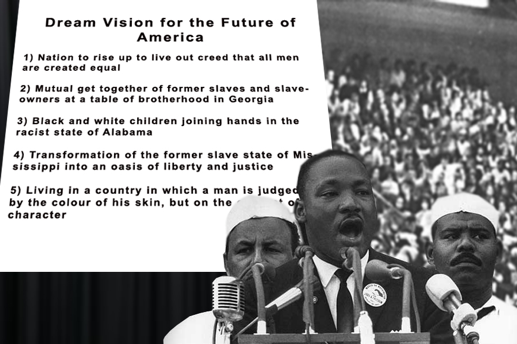A mí siempre me ha parecido una perdida de tiempo el Power-Point. Desde siempre. No puedes, no es posible, ni decente, sintetizar en 5 líneas con 5 frases, en 1 página-diapositiva y pretender la claridad máxima/absoluta.
Siempre he rechazado el incluir restos de Power-Point en el Blog, por ser "migajas" de conocimientos". En un Blog se pueden incorporar texto, imágenes y videos, pero no presentaciones. Por cierto, es muy judío eso de no hacer imágenes de la divinidad, ni de otros temas.
A continuación viene el link de un ciudadano suizo que ha creado un partido para abolir el uso del Power-Point. Puede parecer un disparate, pero dice verdades como puños, mezcladas con unas pocas gansadas. Lo peor es que en multitud de empresas con presentaciones se justifica "auténticas basuras" (recordar: garbage in, garbage out; si entra basura, sacamos basura). Hay que hacer caso al ciudadano suizo, y evitar el Power-Point de aquí en adelante (entre otras cosas porque es un producto Microsoft; otro producto propietario, no libre, de Bill Gates).
http://anti-powerpoint-party.com/the-cause/the-powerpoint-dilemma/The PowerPoint* Dilemma
One finds the following maxim in most books on public speaking: “Address an additional sensory channel during your presentation. This way you increase the retention quotient and the effectiveness of the words.” So: If in addition to language heard (sensory channel ‘ear’), the audience also sees text or an image (sensory channel ‘eye’), the presentation is automatically better. When the first overhead projector entered the market in 1968 a wonderful aid had been discovered to put this maxim into practice. In 1987 Bill Gates acquired the rights to PowerPoint – the program that had slowly displaced the overhead projector and that, today, dominates 95 % of the presentation software market. Regardless of the environment: presentations are nearly always given using Microsoft’s flagship product. With the aid of a projector the latest turnover figures appear on the screen; the Marketing Department’s latest strategy; the implementation of the newest restructuring measures; the schematic representation of a technical process…
The century speech in the USA
On the 28th of August, 1963 a man ascended a rostrum in front of the Lincoln Memorial in Washington and raised up his voice to a crowd of over 250,000 people. It was to become one of the greatest speeches of the century. The name of the man was Martin Luther King, that charismatic leader of African Americans, whose peaceful struggle made racial segregation in the US later vanish. Later this, his most famous speech, became known by the title “I have a dream”. In fiery language Martin Luther King spelt out his future America. Again and again, he began his sentences with: “I have a dream.” Whoever has seen this speech on television can still sense the awe-inspiring effect of his words in those distant days. Let us imagine the following scenario: PowerPoint* existed in those days, and to drive home his message Martin Luther King had used it to support his core statements on a gigantic screen. That might have then looked something like this:

Of course, making use of the full gamut of playful options of this program, these statements would have floated into the picture from left to right, as if guided by some spectral hand… 250,000 people would have already read what Mr. King would have then repeated almost verbatim… His otherwise so vivid language would have had to have been adapted to the academic text on the slide… And you can be certain, that one of the greatest speeches of humankind would have been lessened by a factor of ten! I suspect that with a PowerPoint* supported speech on racial segregation in the US it still would not have been abolished.
At the turn of the current century, one principle of effective speech has become clear: it is not so much about the CONTENT of the speech. That is only wishful- thinking on the part of most speakers. Studies show, that audiences only just manage to retain a slender seven percent! Transposing this to the speech it would mean that, taking a generous calculation, of the 250,000 people present, less than 1 % could subsequently have been able to summarize all of his seven dream visions. It is not the content conveyed that is decisive in terms of effectiveness – that is a fallacy that has stubbornly lodged itself in the minds of most public speaking trainers. Of far greater importance is the emotion, that this content engenders in people. That is all it is about. And Martin Luther King did engender emotions, whereby it is of no consequence how many details of the speech the audience managed to retain.
No hay comentarios:
Publicar un comentario